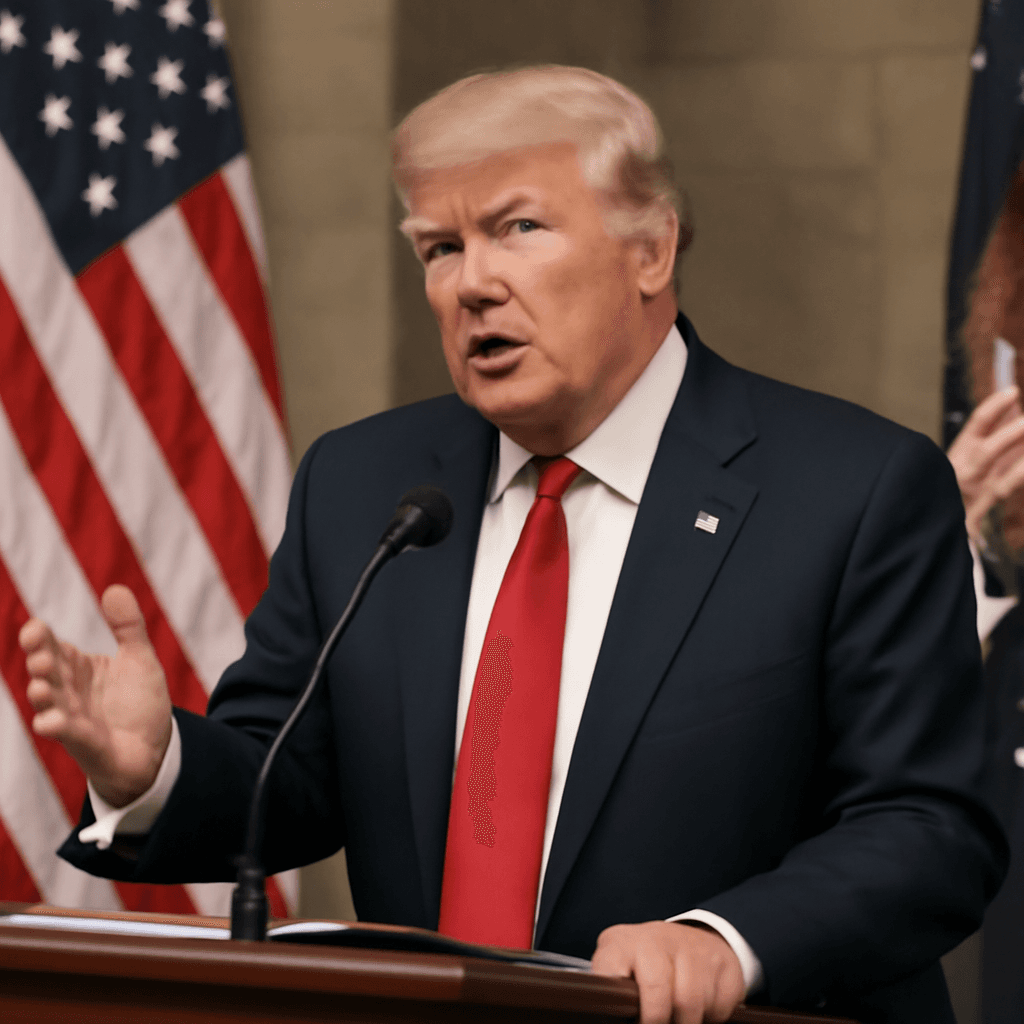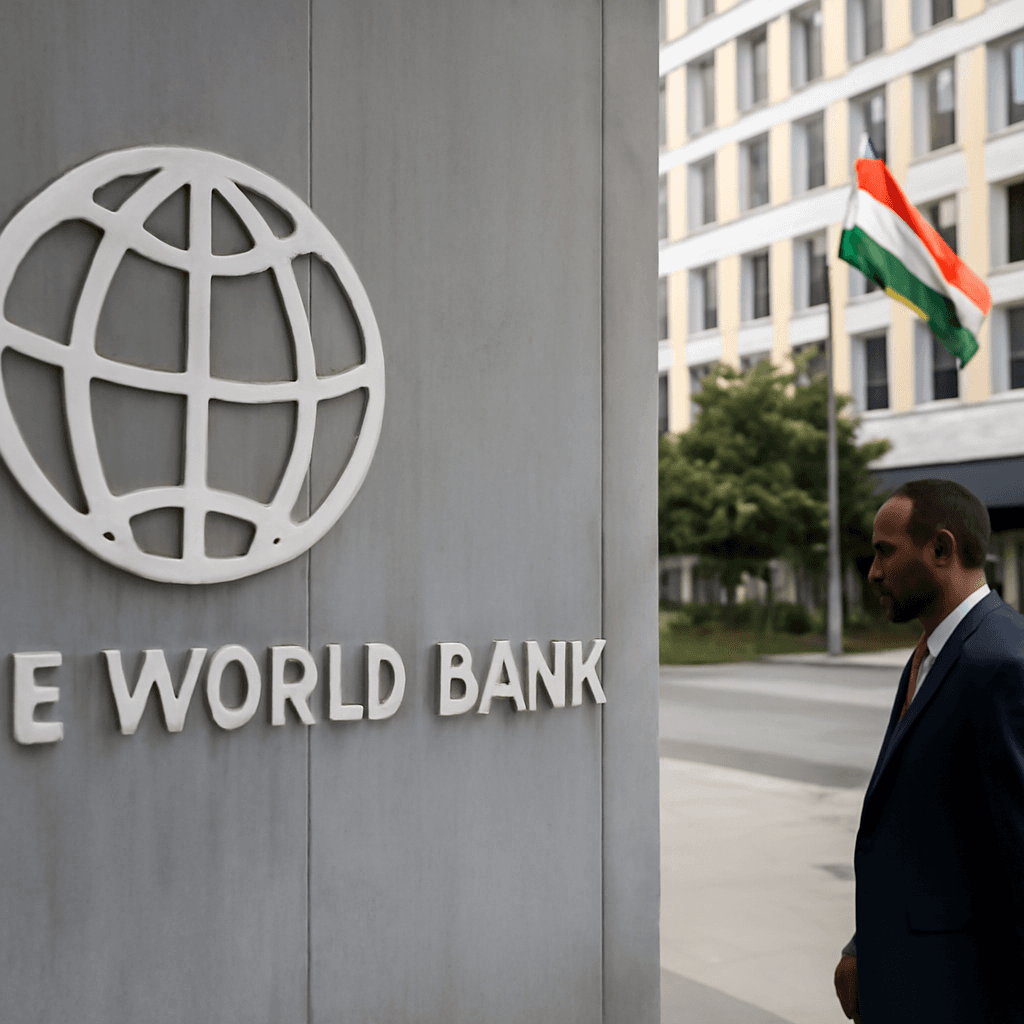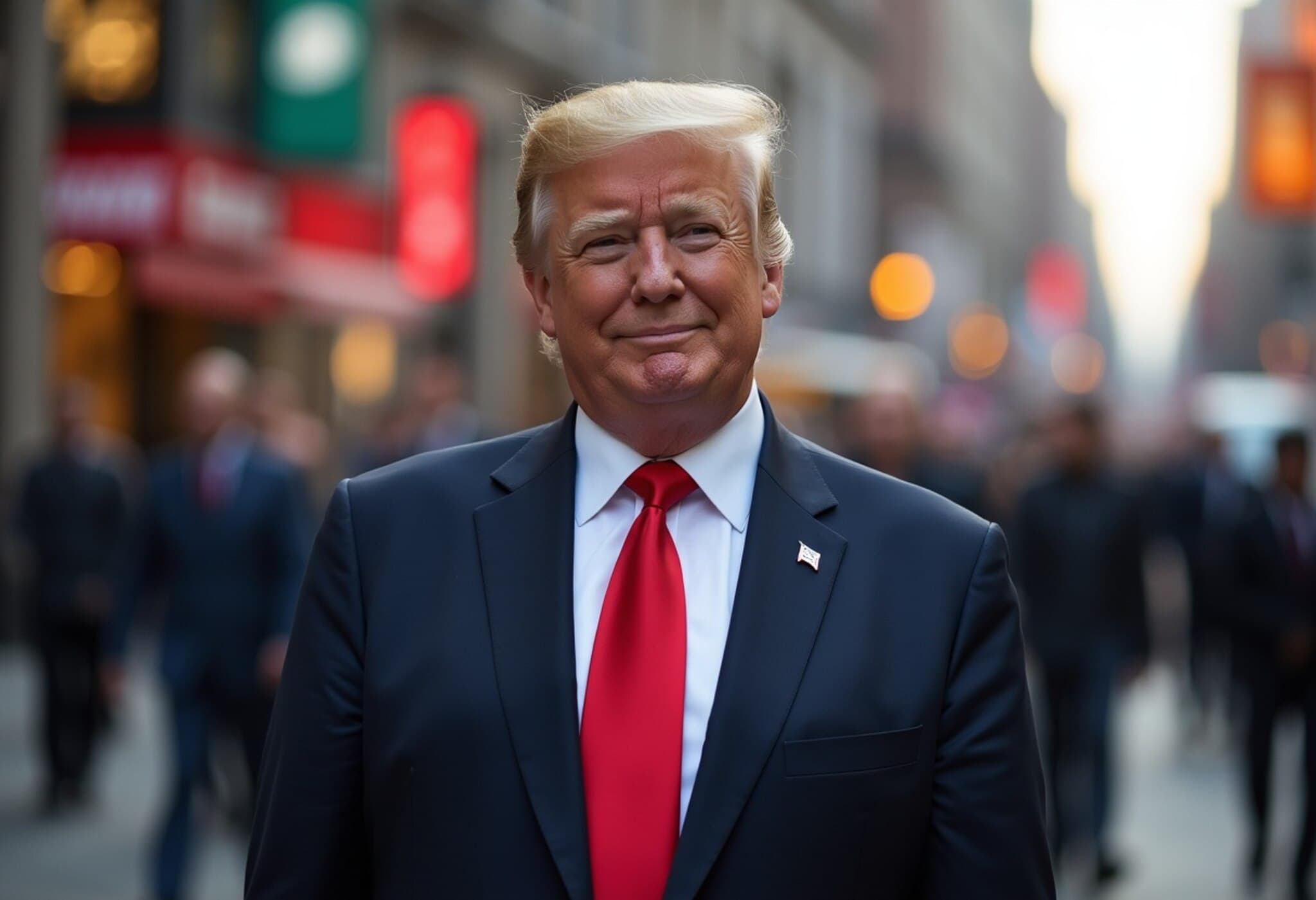Indonesia’s Economy Accelerates in Q2, Outperforming Expectations
Indonesia’s economy demonstrated remarkable resilience in the second quarter of 2025, posting a robust annual growth rate of 5.12%, according to official data released on August 5. This figure notably surpasses both the previous quarter's 4.87% growth and analyst forecasts of 4.80%, marking the fastest expansion in over two years.
Quarter-on-Quarter Expansion Reflects Vigorous Domestic and Export Demand
On a non-seasonally adjusted basis, Indonesia’s gross domestic product (GDP) expanded by 4.04% between April and June, underscoring strong quarter-to-quarter economic momentum. The country’s central bank, Bank Indonesia, had earlier projected growth between 4.6% and 5.4% for 2025, following a series of four policy rate cuts since September 2024 aimed at stimulating economic activity.
Manufacturing Sector and Export Dynamics Drive Growth
The manufacturing industry played a pivotal role in the stronger-than-anticipated expansion. Key export commodities such as palm oil and base metals saw heightened demand, while domestic consumption of pharmaceuticals also provided a boost. Notably, Indonesian exporters seemed to capitalize on the global trade landscape by frontloading orders to avoid anticipated U.S. tariffs, contributing to a surge in export values during the first half of the year.
Policy and Economic Outlook: Balancing Growth and Global Challenges
This growth trajectory offers a promising sign for Southeast Asia’s largest economy, which faces ongoing challenges including global inflation pressures, supply chain disruptions, and geopolitical uncertainties. Bank Indonesia’s accommodative monetary policy stance has been a key facilitator, but managing inflation without overheating the economy remains critical.
Economists emphasize the importance of sustaining investment in infrastructure and human capital to maintain momentum, especially as global markets exhibit volatility. Indonesia’s diverse economy and vast domestic market provide some insulation, yet continued vigilance in policy implementation is essential.
Contextual Insights: What This Means for American and Global Stakeholders
- Trade Relations: Indonesia’s proactive export strategies, particularly in palm oil and metals, could influence global commodity markets and impact U.S. import patterns.
- Investment Opportunities: Strong GDP growth signals potential for increased foreign direct investment, particularly from U.S. companies exploring Southeast Asian markets as part of supply chain diversification.
- Policy Signals: The successful policy rate cuts could inform other emerging markets navigating post-pandemic recoveries, balancing growth with inflation containment.
Closing Thoughts
Indonesia’s latest GDP figures highlight the dynamic nature of emerging markets in an evolving global economy. While growth is encouraging, deeper questions about long-term sustainability and equitable development remain. How Indonesia manages external pressures and internal reforms in the coming quarters will be vital to watch for investors, policymakers, and global trade partners alike.
Editor's Note
Indonesia’s upward GDP revision is a reminder of the region’s untapped potential amid global uncertainties. The real challenge lies in ensuring that rapid growth translates into broad-based prosperity and resilience. For American businesses and policymakers, Indonesia’s evolving economic landscape offers both opportunities and lessons in strategic engagement.



















